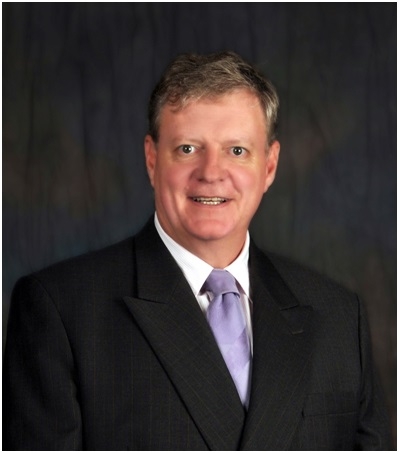Q&A with new Philips Lighting ANZ general manager

When asked what it was like being back ‘home’ Rob replied: “In some ways I feel a bit like a foreigner – even though Australia is where I grew up. After being away for such a long period, it was a bit of a culture shock in many ways. The life-work balance is very impressive as is the amount of urban greenery. Plus we’re spoilt for choice in terms of great restaurants, beaches and excellent coffee. So in terms of lifestyle, it certainly exceeded my expectations.”
From a business perspective it’s not all quite so rosy though.
ADVERTISEMENT
“I’m simply amazed at the sheer volume of lighting brands – particularly in the LED arena, that are on offer in Australia. When I left Australia in the ‘80s, it was white goods and television sets that people had to be careful around when purchasing. But now it is definitely lighting that causes the most concern. And that is not what I was expecting to find. I’m actually quite shocked to be honest,” Rob says.
A recent government study revealed that over 98% of white goods and television sets on sale in Australia are registered products, whereas some 48% of lighting brands surveyed in retail outlets were found not to be registered.
“This is not good news for anyone,” Rob adds.
“If you only focus on the safety element, this statistic is something that everyone – consumers, regulators, wholesalers and manufacturers ought to be very concerned by. In many of our neighbouring countries – where I have spent the bulk of my time away, this would simply not be tolerated.”
In most major markets in the world you tend to find a number of global manufacturers and a handful of local boutique specialist serving the lighting market. Generally these are the companies that are prepared to invest in technology, quality and innovation, and so it’s logical that they lead the way. Cheaper alternatives – often imported, are always on offer as well. But this needs to be very well regulated to ensure compliance – and more importantly, to be safe. LEDs have ended up with a bad reputation here in Australia where in most other countries they are seen as the way forward.
“The energy saving can be up to 80% on LED lighting and the maintenance benefits are enormous. In some cases there is a 10- to 20-times greater lifespan in an LED light source compared to the old incandescent light bulb and as the technology evolves this is increasing. So for commercial businesses the maintenance value-add often becomes the key driver,” Rob explains.
“It’s also interesting that there isn’t a major retailer here in Australia using LED lighting throughout their store(s) to help enhance the way produce is presented. The light levels and colour rendering is a big issue in food and apparel presentation, for example, and LED has an amazing ability to enhance what’s on offer, this, in addition to reducing operational expense and maintenance costs. In some cities in the USA like LA, NY and Seattle, they have significantly reduced the maintenance costs of their street lighting by introducing LED. In fact the saving from reduced maintenance is often greater than the savings from energy reductions. We really are missing a trick or two here.”
LED lighting has some amazing benefits like having its own IP address. That way a smart user can remotely control the colour of the lights, intensity and switching from an app that is downloaded to a smart device. Similarly lights at work, or at home can be set to only come on, and remain on, only when there’s movement in the room. Moreover, the harvesting of daylight via the use of smart sensors to further reduce energy bills is also available, yet not widely implemented. As energy and maintenance costs continue to increase there has never been a better time to embrace these new and innovative solutions that will enhance the user experience.
“It would be great to see more innovation in Australia around how people use LED lighting and combat non-compliant products. And that’s the challenge for me in my new role. I’m confident LED can be as significant here in Australia as it is in other markets. But we must put a stop to the non-compliant options being so readily available. So all I can say is: watch this space!”
-
ADVERTISEMENT
-
ADVERTISEMENT

